Did you know that 480 million goldfish are sold yearly? Most of the time we sell goldfish—and other fish—for agricultural reasons, but a good portion of that 480 million join people’s homes as beloved pets.
Goldfish—and their cousins—share a decorated history as ornamental pets. In China, giving someone a pet goldfish is seen as a sign of friendship. During the feudal eras, goldfish were held in high esteem as a symbol of good luck amongst the Chinese nobles, to the point where owning a yellow goldfish was a crime if you were a peasant.
Goldfish aren’t the only fish sold as ornamental pets. Nowadays, you can buy all kinds of fish for your home, even small sharks. Many people think of fish as simple pets you look at and don’t interact with, but fish can do many interesting things you might not expect. Let’s examine some skills that fish have that you might not know of.
Fish are often the subject of debate as their mental and physical capabilities aren’t as clear-cut as mammals’. We’ve barely scratched the surface of what’s happening in the ocean, and we’re learning new things about its inhabitants daily. To find the information on this list, we looked at the most recent and surprising developments in marine science. We also looked at other published lists regarding marine science and did further research on those topics to find the most recent information regarding fish. We looked at peer-reviewed studies to ensure we fully understood what marine experts believe fish are capable of. (Learn more about the official pets and animals of every U.S. state.)
Fish see more colors than humans
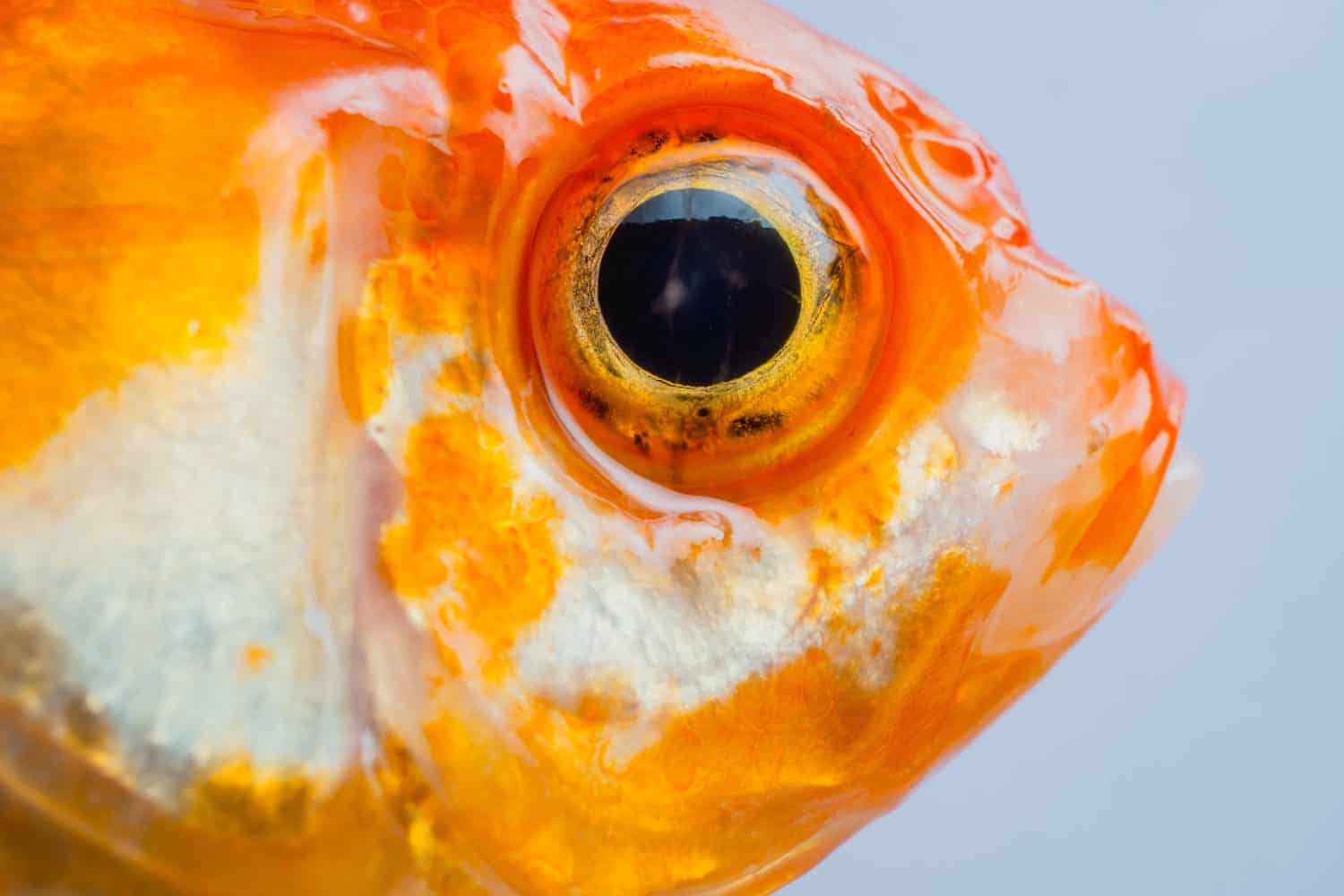
Human eyes have three color cones that allow us to perceive and distinguish color in our surroundings. Those color cones are individually adapted to see shades of red, yellow, and blue. However, goldfish have a fourth color cone in their eyes for perceiving ultraviolet light, which allows them to see a portion of the color spectrum that is invisible to the human eye. Unfortunately, most fish have pretty poor eyesight. So, even though they can see more colors, they’re not getting the same vibrance.
Scientists think that fish need to be able to see ultraviolet light because it allows them to perceive movement in the water. The additional color spectrum helps make up for the fact that fish have a massive blind spot right between their eyes due to their eyes being positioned on the sides of their heads. Additionally, even though we know fish have ultraviolet color cones in their eyes, we can’t say for sure that they have color vision. Color vision isn’t just the ability of the brain to perceive light on a color spectrum; the brain must also be able to distinguish between colors to qualify as having “color vision.”
To determine if an animal has color vision, we need to test behaviorally whether they can distinguish between different colors or simply different brightnesses. An animal without color vision can still see the difference between a bright red and a dark red since they reflect light differently. However, when the brightness is the same, they wouldn’t be able to distinguish between red and yellow. So, we would have to train fish to react to one color. Then, we would show it another color in the same brightness and see if the fish can distinguish between the two colors.
Fish feel changes in water pressure
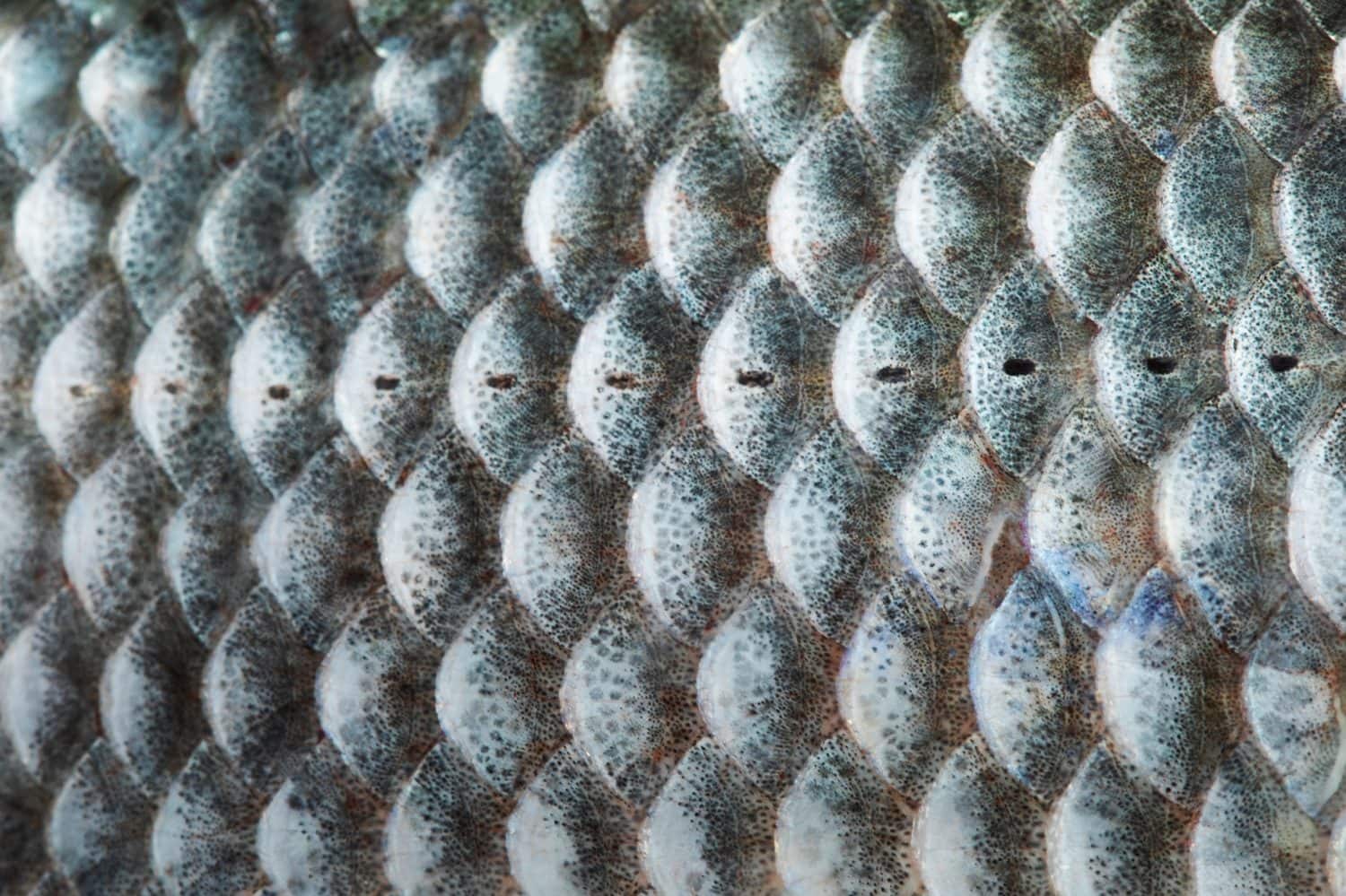
If you look closely at a goldfish, or any fish for that matter, you’ll probably see a row of dots along its side. This row of dots is the fish’s lateral line, a sensory system unique to fish. It allows them to detect weak water motions and pressure gradients in their surroundings, which is useful for more things than you might expect! Firstly, fish are typically best suited to a specific water pressure. They can ascend or descend in the water using their swim bladder to find essential resources. However, being able to sense when they go too far out of a comfortable pressure helps them stay safe.
Fish use their lateral line for schooling, hunting, and evading predators. By sensing small movements in the water around them, they can determine which direction the school they’re swimming in is moving. They can also sense the presence of predators or prey through small movements in the water. Using their lateral line, a fish can hunt even if it can’t see due to physical blindness. However, a fish that is both blind and has a disrupted lateral line won’t be able to hunt or detect pressure safety in the water.
The lateral line has hair cells, epithelium, and cupula that connect ciliary bundles with the water. They transmit data about the movement and pressure of the water around them to the brain to help the fish orient itself and detect the presence of other fish, friend or foe.
Fish can recognize faces

Fish often get a bad rap for being “unintelligent.” While it’s true that fish have a simpler brain and nervous system than mammals, that’s not to say they’re stupid. Some fish have managed to pass the mirror test—a simple test where you show an animal a mirror to see if they can identify an image of themselves—and have even been able to recognize their own faces in photos. In one study, a group of fish was marked with a nonharmful coloring and then shown their reflection in a mirror. Not only were the fish able to identify that the mirror was showing them their own reflection, but they also noticed that unusual spot on their bodies and rubbed the coloring off. They knew what they looked like and knew that the coloring wasn’t supposed to be there.
The cleaner wrasse could identify a photo of itself. When shown a picture of themselves, they didn’t become aggressive or agitated. They knew it was a picture of themselves rather than an enemy fish invading their territory. They were even able to identify their own faces when the researchers photoshopped their faces onto a different cleaner wrasse body. However, when the researchers photoshopped a different face onto their body, they weren’t able to identify the body as their own and attacked the picture. So, these fish could identify faces better than bodies.
In pet fish, many fish become excited when they see their owners. This reaction is most likely due to a subconscious association of the owner’s face with food, and, really, who doesn’t love food?
Fish can do tricks

While it might sound farfetched, you can actually train fish to do tricks. It’s not exceptionally difficult either, and many fish can learn to perform for the low, low price of a piece of fish kibble. Naturally, the tricks a fish can do are more limited compared to a cat or a dog. However, you can easily convince your fish to do simple tricks like pushing a ball around or swimming through a hoop if you tempt them with a bit of fish kibble. We can see that many wild species of fish have the ability to learn tasks, as scientists teach various types of fish different tricks to determine their physical and mental capabilities. An example of this is when scientists at Oxford & Queensland taught archerfish to spit at specific human faces to see if they could distinguish between human faces (they could.)
However, archerfish aren’t the only fish that have shown the propensity to learn new skills. Goldfish react to stimuli much more readily than people give them credit for, such as chasing laser pointers like a cat or dog might. With a bit of food-related motivation, a goldfish can easily learn to associate certain tasks with receiving food. Fish have been trained to do numerous tasks, including driving little cars. Scientists at the Ben-Gurion University of Negev trained six goldfish to drive tanks on wheels. They even taught them to drive to specific targets for rewards. The fish were able to not only identify the target they were meant to drive to but also distinguish it from fake targets placed around the environment.
Fish will eat out of your hand
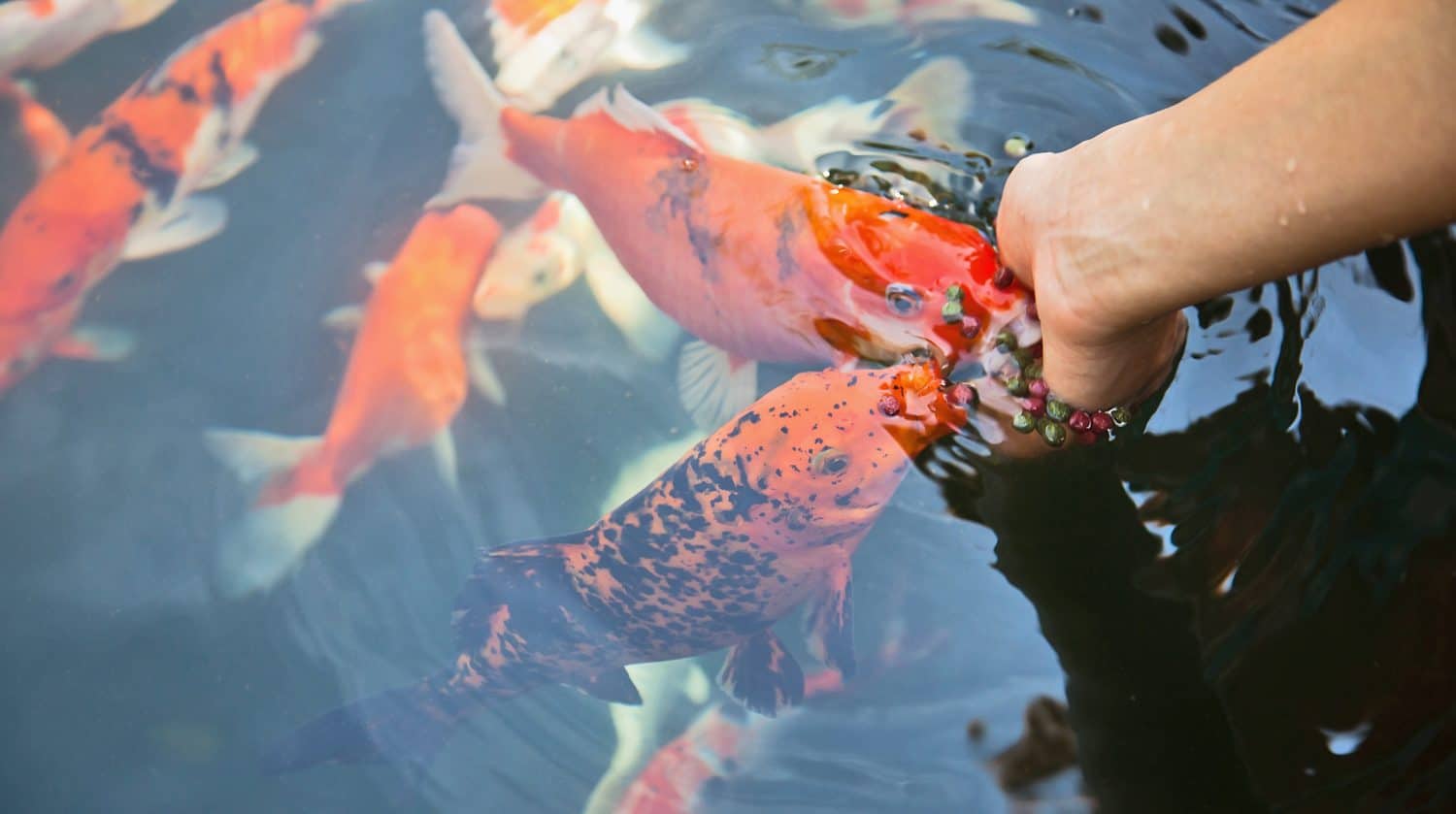
One thing you might not expect your fish to do is eat out of your hand. Since fish can associate stimuli with benefit, a rudimentary form of understanding cause and effect, and they’re also able to identify and remember faces, they can learn to associate you with food and other good things. In this case, they might eventually come to the surface when they see you and try to be the first to get some food. You might even be able to hand-feed them if they’re familiar enough with you. This trick is especially easy to get goldfish to do.
Goldfish very quickly learn who controls the food. They’re little gluttons who will happily eat themselves to death if given the opportunity (one reason it’s crucial to control your goldfish’s diet and food intake). Thus, if you establish a beneficial and kind relationship with your goldfish, they’ll learn to associate you with getting fed and may even be bold enough to take food from your hand. You’ll need to make it clear to your goldfish that you mean no harm. After all, at first, you look like a big, scary predator and they’re likely to be shy, especially after being transported to your home.
There are some good guides online regarding how to forge a relationship with your fish and eventually teach them that eating from your hand is OK. This guide from WikiHow covers establishing a relationship with your fish, teaching them not to fear you, and guiding them into eating from your hand.
Fish get bored
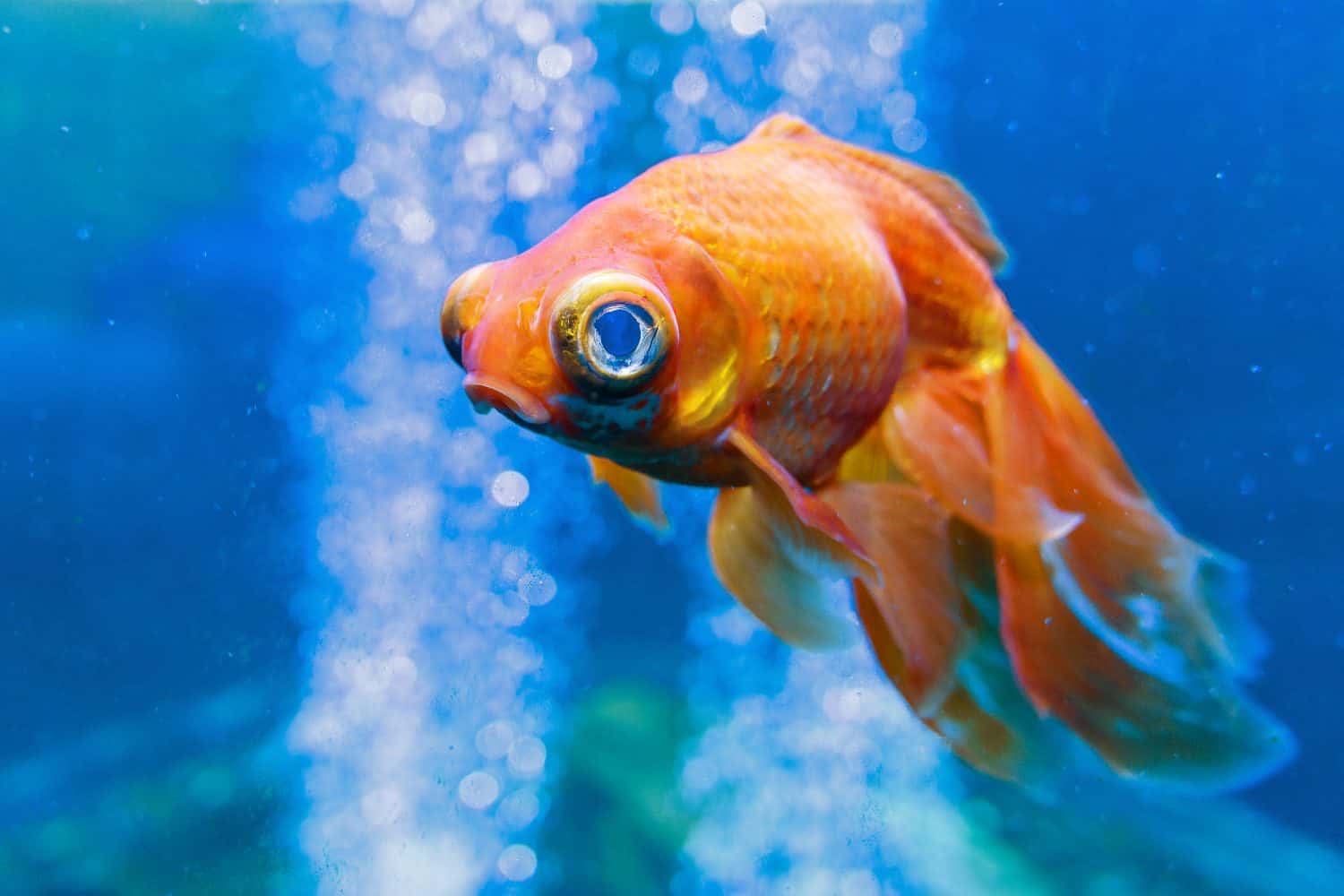
When we think of boredom in pets, we typically think of destructive boredom that is often present in terrestrial pets who aren’t getting enough mental stimulation. Cats, dogs, rodents, and birds can become deeply bored when they aren’t given toys and played with adequately. Thus, when we think of terrestrial pets, we consider whether the pet has adequate enrichment in their lives to keep them busy. What works for enrichment for some pets doesn’t work for others. Some pets want to play with their owners, while others are content with toys. However, lack of enrichment often results in a bored pet becoming destructive. They can be destructive to self, others, or their environment. However, the underlying cause is the same: They don’t have enough to do.
We haven’t really studied enrichment in fish. Truthfully, there isn’t a big movement for “fish rights” that would push for fish to have tanks with adequate enrichment. We can barely get people to ensure that the fish are in a properly sized tank with the correct water conditions, let alone ensure their fish are mentally stimulated. Going back to a previous point, many people don’t even believe that fish need mental stimulation. However, they don’t let that stop them from buying fish and refusing to provide them with adequate tank conditions.
Aquarists online recommend looking at what your prospective fish’s natural drives and behaviors are. Are they scavengers? Then give them plenty of tank space and environmental ornaments to explore. You can even hide their food to simulate the hunting process for them. It’s crucial when you become an aquarist that you do your due diligence to ensure you provide an adequate environment for your fish.
Fish can hear
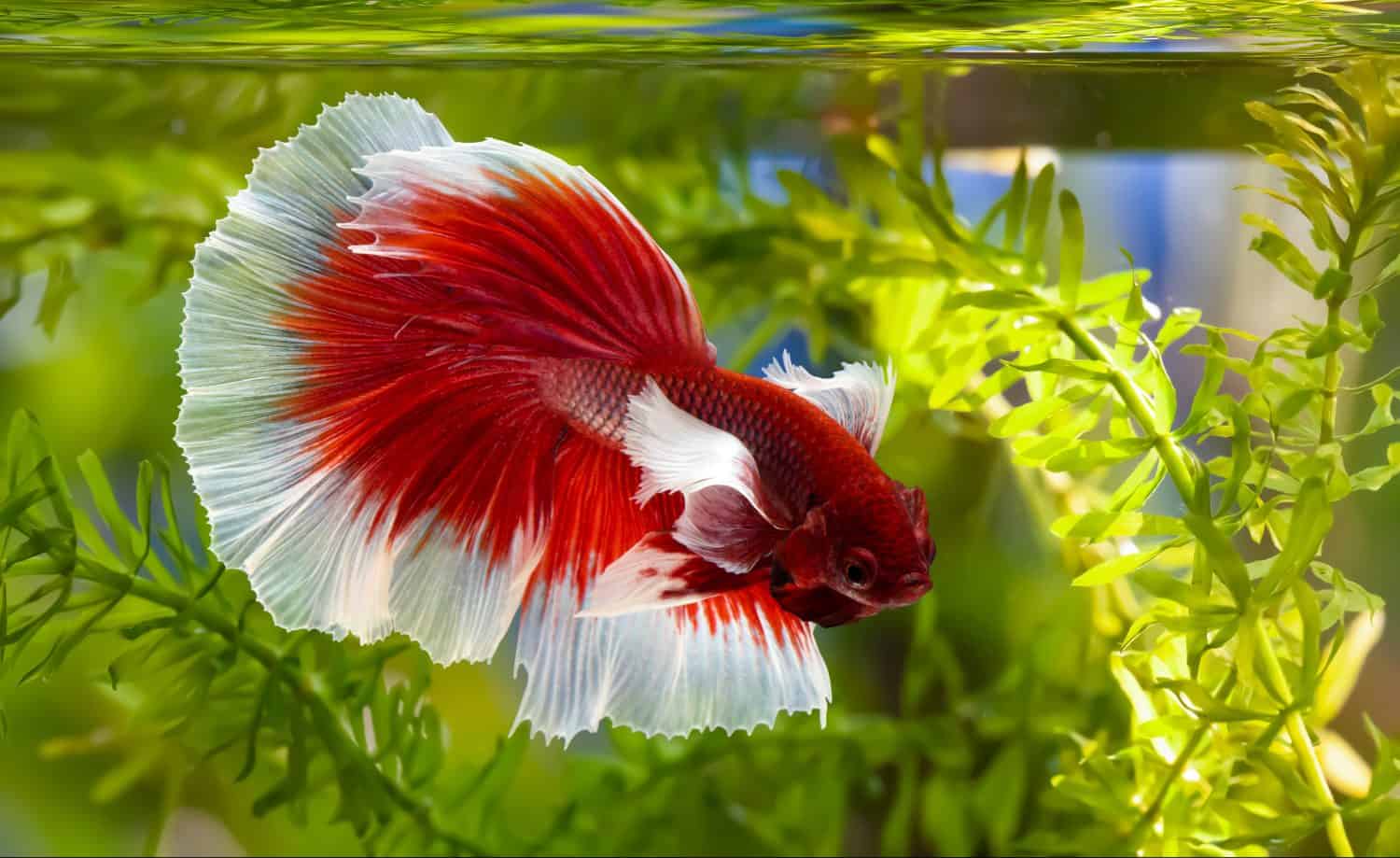
Sounds underwater sound funny for us because the vibrations don’t travel through the water the same way they travel through the air, but to fish that’s music to their ears! However, not all fish can hear. When tested for hearing, some fish react while others do not, indicating that hearing is not a ubiquitous skill that all fish have. It also does seem to differ by species. Some species of fish are almost universally deaf while others can universally hear.
Fish that can hear do so using two major sensory systems: the ears and the lateral line. Fish do not have an external ear the way we do. Their hearing parts are entirely internal, and composed of three components: the otoliths, the sensory epithelium, and the auditory nerves. The otoliths are a small bone-like structure that detects vibrations in the water. The sensory epithelium is a special tissue with hair cells that converts the input to the otoliths into brain synapses. Finally, the auditory nerve sends those synapses to the forebrain for the brain to process the information.
Fish that can hear have a wide range of hearing capabilities. Some fish can hear as high as 180,000 Hz, which is significantly higher than the human average maximum of around 20,000 Hz. They also use additional input from various sensory systems to process sound information, such as the lateral line and the swim bladder. When fish perceive sounds, they perceive them as vibrations in the water. Those vibrations go through the swim bladder and the fish use the vibrations in the swim bladder to determine which direction the sound came from.
Fish can smell

Fish can also smell, though their sense of smell doesn’t work quite the same as a human’s. Fish have a nose-like structure called nares, which lead to a chamber inside the skull filled with sensory pads. As water pumps over the sensory pads, they detect smell particles in the water much like human olfactory nerves do with the air. However, fish don’t have a universal method of pumping water over their sensory nerves. Some fish can use muscle movements in the face and body to move water through the nares and over the sensory pads, but not all fish have these muscles.
Fish without muscles to pump water over their sensory pads can get water through that chamber by swimming through the ocean. As they swim forward, water passively runs through the nares and over the sensory pads, allowing them to pick up scent chemicals in the water around them. There are many different types of scent chemicals a fish might pick up in the water as they swim. Fish use a similar type of chemical to a mammal’s pheromones to convey information to nearby fish. On one hand, a fish might smell a scent that they know indicates a nearby predator. However, what’s more likely is they’ll smell the chemicals that a fish releases when they get hurt, letting them know there’s a scuffle nearby.
Scent chemicals also play a role in fish schools. Schooling fish release scent chemicals that let other fish within the school know if they need to move and where to. The most obvious use is the aforementioned chemicals they release when they sustain an injury, but they also release chemicals to help all the fish in a school orient properly.
Fish can make sounds
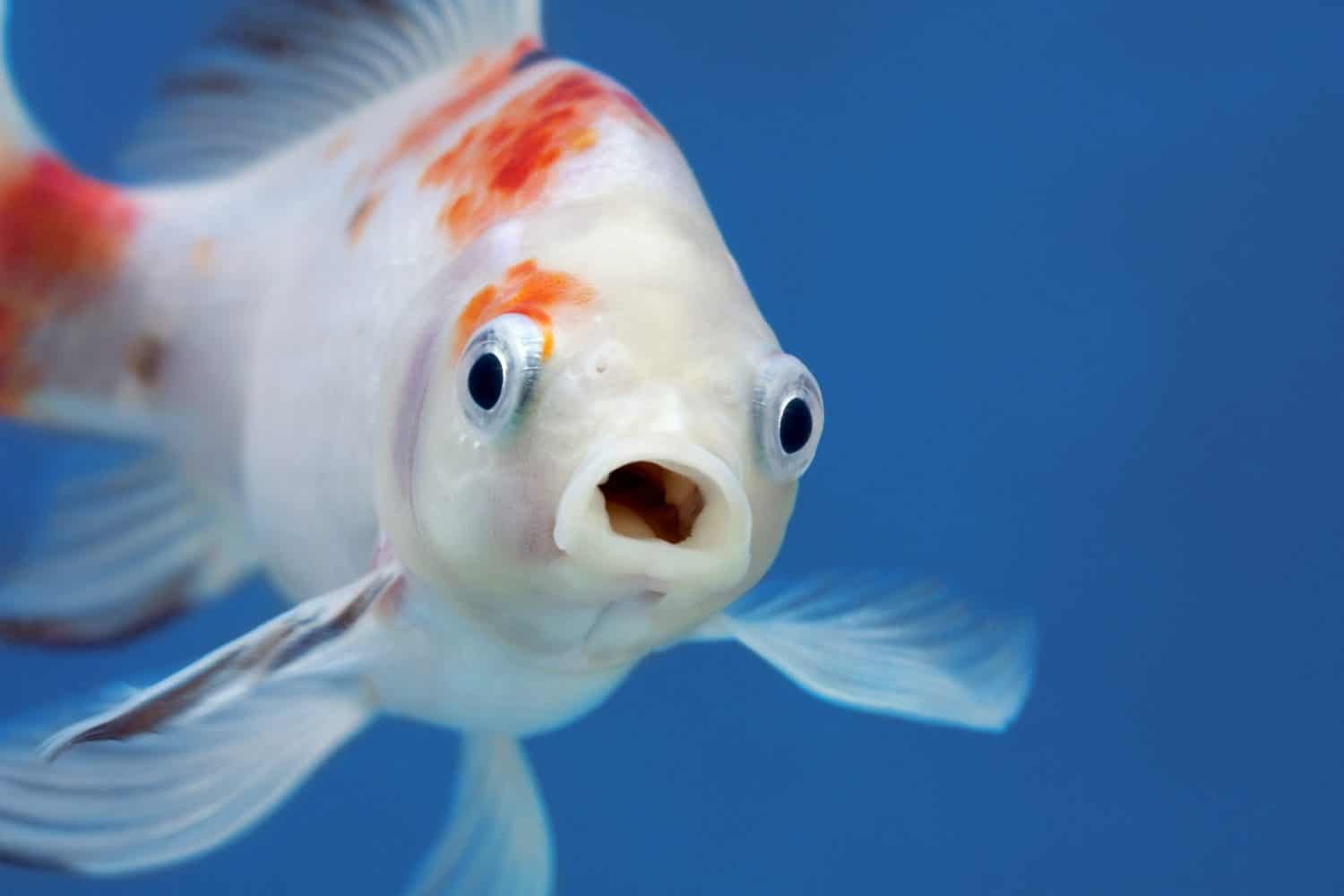
Since fish can hear, you might wonder if they make sounds, and the answer is “maybe.” Just like not all fish can hear, not all have been observed making sounds. Even amongst experts, there is debate surrounding which fish can make sounds and which ones can’t. However, some fish species are very vocal. They just make sounds that are typically beyond the range of human hearing. So, we don’t hear what they have to say the way we would a mammal.
Scientists have found that fish communicate with each other through making a variety of grunts, chirps, pops, and squeals. What kinds of noises they make differs greatly between species of fish. They make noises for a variety of reasons, too. Some fish make noises to attract mates, while others will make noises to scare predators or help nearby fish orient themselves. Gurnards are a very talkative species, for instance. They make a wide variety of sounds for different reasons, but they’re very noisy. Cod, on the other hand, typically only make noises when they’re spawning. Outside of this activity, cod are pretty silent.
Researchers didn’t observe goldfish making noises in clinical trials. However, a Reddit user discovered that their goldfish learned to make a loud lip-smacking noise and that she would do it whenever she wanted attention. This indicates that not only are goldfish at least, to some extent, capable of making noises that are audible to humans, but also that they can develop a strong enough bond with humans that they desire their attention. Attention-seeking behavior isn’t something you might expect from a fish, but clearly, the right fish will seek out your presence if you establish that relationship.
Fish can remember information
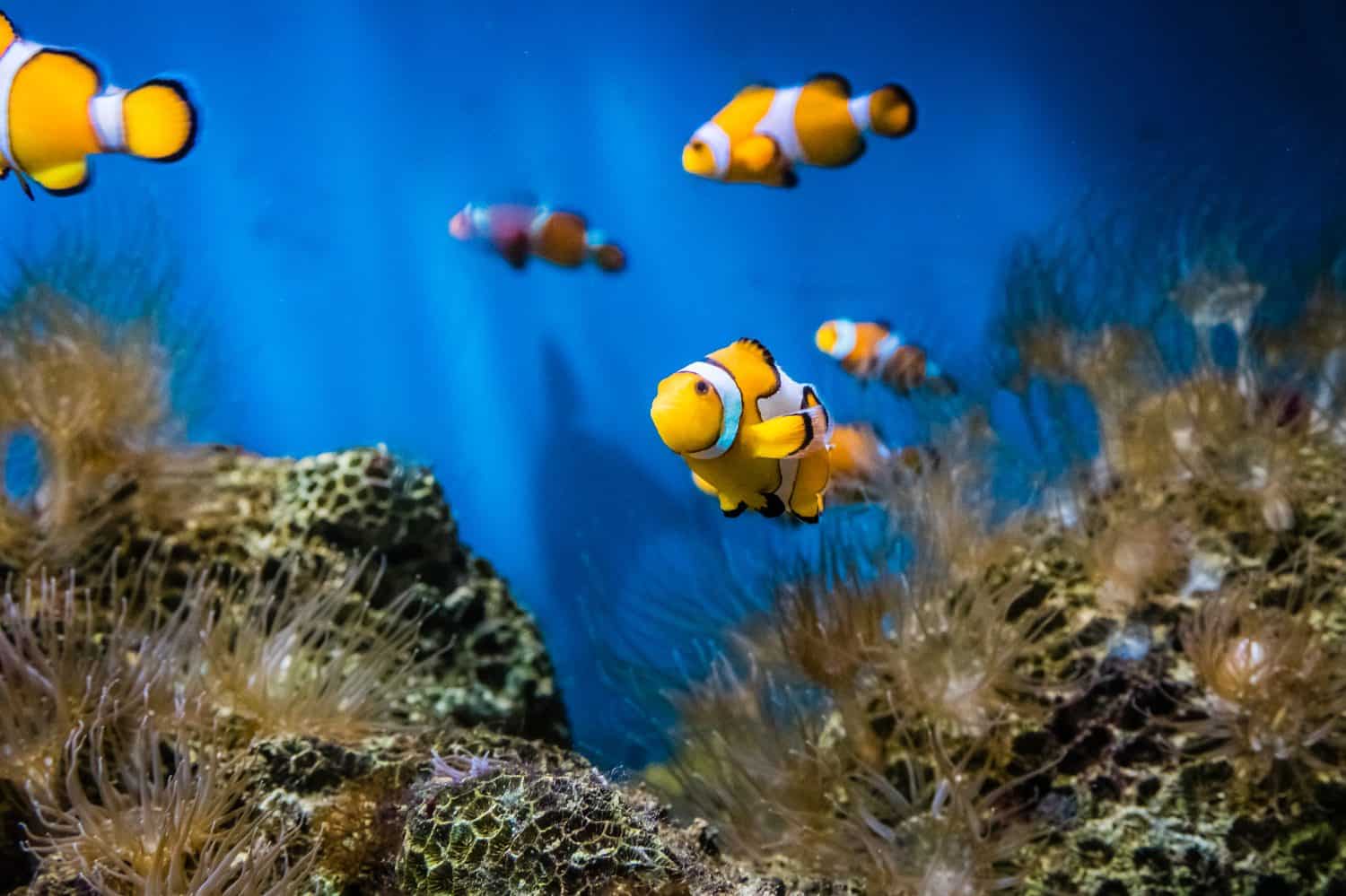
If you’re under the impression that goldfish have a memory that lasts mere seconds, it’s time to get with the program. Goldfish, and other fish, have observable memories that can last months or even years. Goldfish can learn to navigate mazes, and they showed spatial memory when they were able to navigate the mazes even when the researchers physically rotated the mazes to change the positions of the entrances. Additionally, archerfish were able to not only remember certain people’s faces but also distinguish those faces from a group. Salmon remember where they were born by smell and every year they return to their birthplace to spawn guided by smell and memory of where they’ve been.
Even in captivity, goldfish can learn feeding times, faces, and tank layouts, and even show confusion or agitation when the things they remember don’t line up with the current information they’re receiving. If you feed them late (or early) or change their tank layout, they notice and it takes them time to process and understand that things are happening differently. They even taught goldfish to respond to a bell for food. Then, they released those goldfish into the wild. When they came back months later and rang the bell, the fish that had previously been in captivity came to the sound of the bell even after months of non-exposure. (For more smart animals, take a look at the 21 most intelligent animals in the world.)